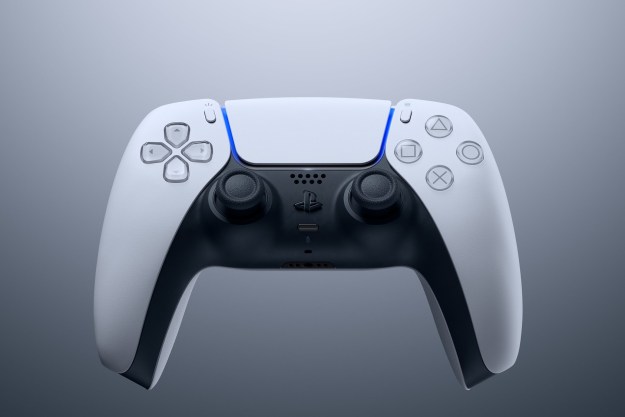
As of this writing, Sony is mere hours away from unveiling the next generation of its video game business. The PlayStation 4, or Orbis as it’s been called, will have a torrent of features – at least according to rumors. It will stream PlayStation 3 games through Gaikai (possibly new, PS4 games as well), its controller has a touch pad and it works for motion input, and PS4 games may well output in 4K resolution. It is, from both hypothetical and technical perspectives, an impressive piece of technology. Then again, so is the PS Vita. In the year since Sony’ most recent portable game console released, the PS Vita has struggled to win over consumers unwilling to spend $300 or more when they already have smartphones and tablets. Ahead of the PS4’s announcement, Sony has owned up to its mistakes with PS Vita.
Sony Computer Entertainment Japan president Hiroshi Kawano spoke with Japan’s Famitsu magazine (and picked up by Polygon) this week to discuss why Sony finally dropped the price on the PS Vita. Starting Feb. 28, the PS Vita will receive a 33 percent discount to around $214 for the 3G and WiFi models.
“The biggest reason is that we simply want to have more people playing the PS Vita,” Kawano baldly explained. That’s the common reason for any console price drop. In the case of the Vita, though, the prohibitively high cost of the console in addition to its specialized memory cards has kept people from buying the machine. “Based on our research, there are two broad reasons why people who may want to try the Vita aren’t purchasing it. One, they want to wait until there’s a game they want to play on it. Two, the price is a little out of reach for them.
“What we also learned in this research is that people who do own a Vita have tremendous satisfaction with it; it’s the kind of platform where you get a feel for how good it is once you touch it. But we found that the price was too big an initial hurdle for this, and this sparked a long internal debate within SCE.”
Sony initially projected it would sell 10 million PS Vita consoles by the end of March 2013, but it has struggled to reach even half of that in the past year. It came out in August that Sony had sold just 2.2 million PS Vitas to date. Later in the fall, Japanese sales charts revealed that the Nintendo 3DS was outselling the PS Vita 41—to—1.
The $250 price for the PS Vita’s WiFi model in the US is high as it is, but it’s the Vita’s proprietary memory cards that are the biggest barrier of entry. The bulk of the games available for Vita are download only games, but the 32GB memory card necessary for a substantial game library is $99. .
Editors' Recommendations
- The best games on PlayStation Plus, Extra, and Premium
- All upcoming PS5 games: 2024 and beyond
- PS5 Pro: news, rumored release date, price, and specs
- Best PlayStation Plus Deals: Save on Essential, Plus and Premium
- PlayStation 6: release date speculation, price, specs, and more


